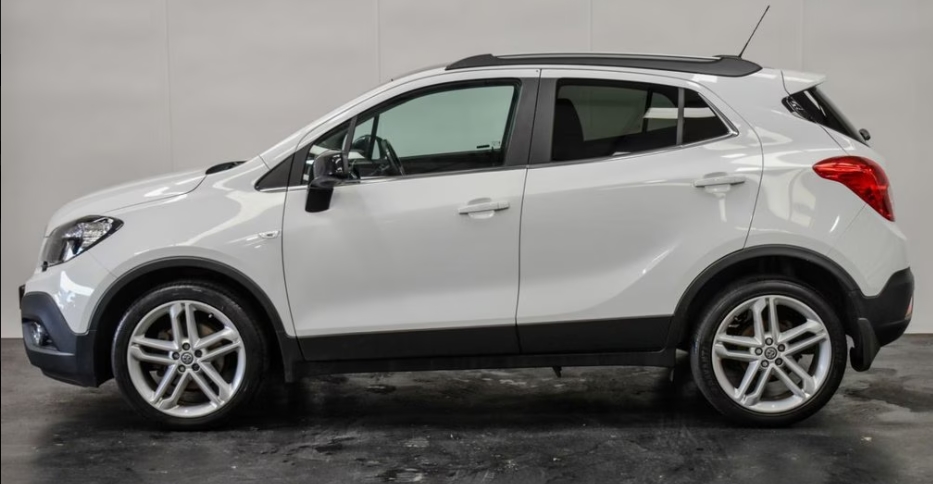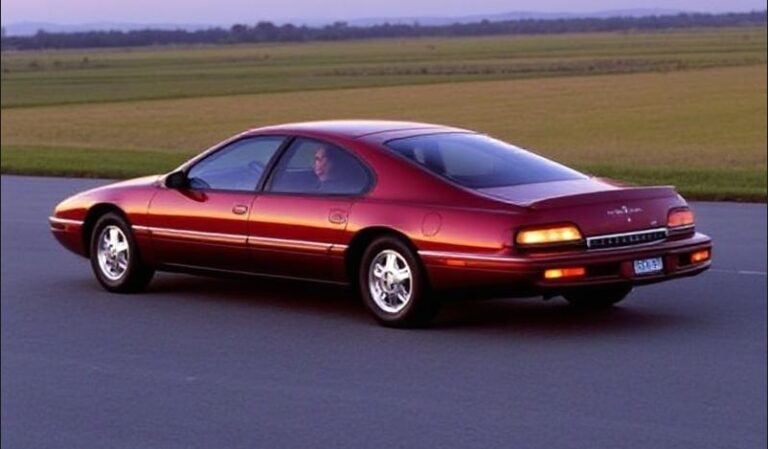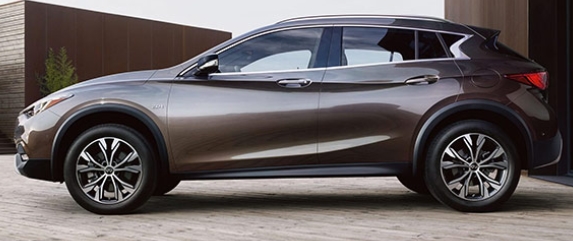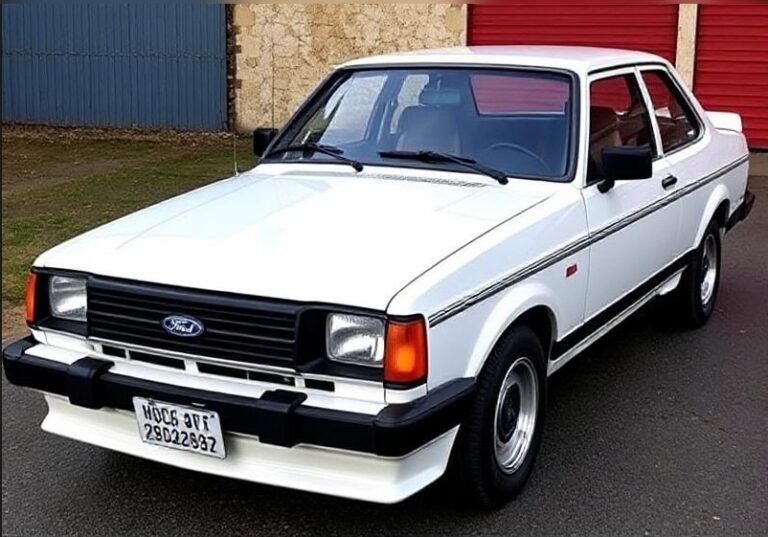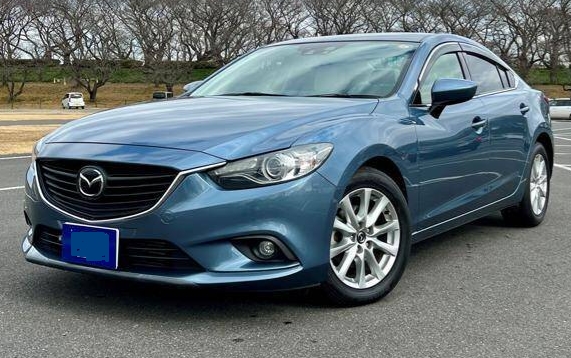Charting the Evolution of a Crossover Trailblazer: Vauxhall Mokka
In the ever-expanding universe of the compact crossover, few vehicles encapsulate the dramatic shifts in automotive design, technology, and corporate strategy quite like the Vauxhall Mokka. In just over a decade, it has transformed from a practical, if somewhat conventional, pioneer into a sharp-suited, technologically advanced style icon. Its story is not merely one of facelifts and new engines; it is a tale of two distinct generations, born of different parent companies and reflecting entirely different philosophies. This is the evolution of the Vauxhall Mokka, a journey from dependable workhorse to desirable trendsetter.
Generation One: The GM Era Pioneer (Mokka, 2012-2016)
The story begins in the early 2010s. The automotive world was awakening to the immense potential of the B-segment SUV, a market segment ignited by the quirky and phenomenally successful Nissan Juke. General Motors, then the parent company of Vauxhall and its European sibling Opel, needed a contender. The result, unveiled in 2012, was the Mokka.
Built on GM’s Gamma II platform, shared with the Chevrolet Trax and Buick Encore, the first-generation Mokka was a global car with a distinctly European mission. Its design was safe and approachable. With its rounded proportions, high roofline, and rugged plastic cladding, it clearly broadcasted its SUV intentions. It was compact enough for city streets but offered the high driving position and perceived safety that buyers were flocking to.
Powertrains and Drivetrain: The initial engine lineup was straightforward, catering to the core needs of the European market. Buyers could choose from:
A 1.6-litre naturally aspirated petrol engine (115 PS), serving as the entry-level option.
A more modern 1.4-litre turbocharged petrol engine (140 PS), which offered better performance.
A 1.7-litre CDTi turbodiesel (130 PS), providing the torque and fuel economy favoured by high-mileage drivers.
Crucially, while most models were front-wheel drive, the Mokka offered an intelligent all-wheel-drive (AWD) system on the 1.4 Turbo and 1.7 CDTi models. This was a significant selling point, giving it a level of genuine all-weather capability that many style-focused rivals lacked.
Trim Levels (2012-2016): The Mokka launched with a clear trim structure, designed to cover a wide range of budgets and specifications.
S: The entry-point, the ‘S’ trim was functional rather than luxurious. It featured 16-inch steel wheels, air conditioning, a CD/MP3 player, cruise control, and daytime running lights. It provided the Mokka experience in its most basic form.
Exclusiv: This was the volume-seller and hit the sweet spot for many buyers. It upgraded the aesthetics and comfort with 18-inch alloy wheels, dual-zone climate control, front and rear parking sensors, automatic lights and wipers, and a leather-trimmed steering wheel.
Tech Line: Aimed squarely at the company car market, the Tech Line built upon the Exclusiv specification by adding the Navi 600 satellite navigation system as standard, streamlining it for business users.
SE (Special Equipment): The range-topping ‘SE’ model added a layer of luxury. It included full leather seat facings with heated front seats and a heated steering wheel, ergonomic sports front seats, dark-tinted rear windows, and chrome exterior detailing, making it the most well-appointed Mokka available.
The first Mokka was a resounding commercial success. It may not have won plaudits for its sharp handling or premium interior feel—the dashboard was notoriously cluttered with a sea of buttons—but it delivered exactly what the market wanted: practicality, a high driving position, and competitive pricing. It firmly established Vauxhall in the compact crossover class.
The Mid-Life Refresh: The Mokka X (2016-2019)
By 2016, the competition had intensified. To keep the model fresh, Vauxhall introduced a significant facelift and a new name: the Mokka X. The ‘X’ was part of a new branding strategy to denote its SUV and crossover models (joining the Crossland X and Grandland X). This was more than just a badge change; it was a comprehensive overhaul that addressed many of the original’s weaknesses.
Exterior and Interior Changes: The exterior was sharpened considerably. A new front end featured a sleeker, wing-shaped grille and more angular headlights with distinctive “double-wing” LED daytime running lights, bringing it in line with the contemporary Astra K. The changes gave the Mokka X a more modern and assertive presence.
The most dramatic improvement, however, was inside. The button-heavy dashboard was completely redesigned. In its place was a clean, horizontally-focused layout dominated by a new touchscreen infotainment system (either 7 or 8 inches) running Vauxhall’s IntelliLink software, which included Apple CarPlay and Android Auto. This single change transformed the cabin’s ambience, making it feel more sophisticated and user-friendly.
Engine Updates: The engine lineup also evolved. The biggest news was the replacement of the aging and noisy 1.7 CDTi diesel. It was superseded by GM’s new 1.6-litre CDTi “Whisper Diesel,” offered in two states of tune (110 PS and 136 PS). As its nickname suggested, it was significantly quieter and more refined, while also being more efficient. The 1.4-litre Turbo petrol engine remained a popular choice.
Trim Levels (2016-2019): The trim structure was revised to align with Vauxhall’s updated naming conventions.
Active: Replacing Exclusiv as the likely big-seller, ‘Active’ came well-equipped with the 7-inch IntelliLink touchscreen, smartphone connectivity, dual-zone climate control, and 17-inch alloy wheels (a slight downsize from the old Exclusiv’s 18s for improved ride comfort).
Design Nav: This trim built on Active specification by adding 18-inch alloys, front and rear parking sensors, and crucially, the upgraded Navi 900 IntelliLink system with an 8-inch screen and integrated satellite navigation.
Elite: Sitting at the top of the range, the ‘Elite’ model came with full leather upholstery, heated front sports seats, and a heated steering wheel, carrying over the luxury focus of the previous SE trim.
Elite Nav: As the name suggests, this combined the luxurious appointments of the Elite trim with the advanced 8-inch satellite navigation system from the Design Nav model, representing the ultimate Mokka X.
The Mokka X continued its predecessor’s sales success until production ceased in 2019. The reason for its discontinuation was seismic: General Motors had sold Vauxhall and Opel to the French automotive giant Groupe PSA (now Stellantis). As a legacy GM product on a GM platform, the Mokka X had no future under the new ownership. An all-new model, built on a PSA platform, was already in development.
Generation Two: The Stellantis Revolution (Mokka, 2020-Present)
If the Mokka X was an evolution, the second-generation Mokka, which arrived in showrooms in early 2021, was a full-blown revolution. Dropping the ‘X’ from its name, the new Mokka was the first Vauxhall to be designed from the ground up under new ownership, and it was a radical statement of intent for the brand’s future.
Platform and Design: Underpinning the new Mokka is the Stellantis Common Modular Platform (CMP), which it shares with the Peugeot 2008 and Vauxhall Corsa. This modern, lightweight platform completely changed the car’s proportions. Compared to the Mokka X, the new Mokka is shorter, wider, and significantly lower, giving it a much sportier, more dynamic stance.
The design language, dubbed “Bold and Pure” by Vauxhall, was a complete departure. The defining feature is the “Vauxhall Vizor,” a single, smooth black panel that seamlessly integrates the grille, the new Griffin badge, and the LED headlights. It gives the car a futuristic, unmistakable face. The sharp creases, optional two-tone roof, and taut surfaces create a vehicle that is driven by style, not just utility. AWD was dropped, reflecting the market trend of buyers choosing crossovers for their looks rather than off-road capability.
The Powertrain of the Future: The engine range was completely modernized, using efficient Stellantis powertrains:
A 1.2-litre three-cylinder turbocharged petrol engine, available in two outputs: 100 PS and 130 PS.
A 1.5-litre four-cylinder turbodiesel (110 PS) for long-distance efficiency.
The biggest news, however, was the debut of the Mokka-e. For the first time, the Mokka was available as a 100% electric vehicle. Using the same technology as the Corsa-e, it features a 50kWh battery and a 136 PS electric motor, offering a WLTP-certified range of over 200 miles. The Mokka-e was not just an alternative; it was a headline act, central to Vauxhall’s electrification strategy.
Interior and Trim Levels (2020-Present): The revolutionary theme continued inside with the “Vauxhall Pure Panel.” This minimalist, driver-focused cockpit features two wide screens—one for the digital instrument cluster and one for the central touchscreen—housed in a single integrated unit. Physical buttons are kept to a minimum, reserved for essential climate controls.
The trim hierarchy was once again refreshed to reflect the new model’s character:
SE: The entry-level model is far from basic, featuring a 7-inch touchscreen with smartphone projection, a 7-inch digital instrument cluster, 16-inch alloy wheels, and a comprehensive suite of safety features including lane assist and automatic emergency braking.
SRi / SRi Nav Premium / GS Line: This sporty trim has become a firm favorite. It adds a signature red exterior trim line, a black roof, 18-inch black alloys, a black headliner, and sports-style front seats. The later ‘GS Line’ designation streamlined this sporty offering.
Elite Nav / Elite Premium: Focused on comfort and technology, this trim adds features like a larger 10-inch central touchscreen with a 12-inch digital instrument cluster, heated front seats and steering wheel, and advanced driver aids.
Ultimate Nav / Ultimate: The pinnacle of the range, ‘Ultimate’ adds premium features such as Alcantara seat trim, Matrix LED headlights, and keyless entry and start, packaging all available technology into one flagship model.
.

.
Conclusion: A Crossover Reborn
The Vauxhall Mokka’s journey from 2012 to the present day is a microcosm of the automotive industry’s own evolution. It began life as a pragmatic and successful response to a new market trend, a product of the globalised, platform-sharing strategy of General Motors. It sold in huge numbers by giving people the practical, high-riding vehicle they craved.
The second-generation Mokka, however, is a different beast entirely. Born from the ashes of a corporate takeover, it represents a brand reborn. It prioritises bold design, digital technology, and powertrain choice, including a forward-looking all-electric version. It transformed from a car people bought with their head to one they now desire with their heart. The evolution of the Mokka is more than just a model history; it’s the story of how a safe bet became a bold statement.
